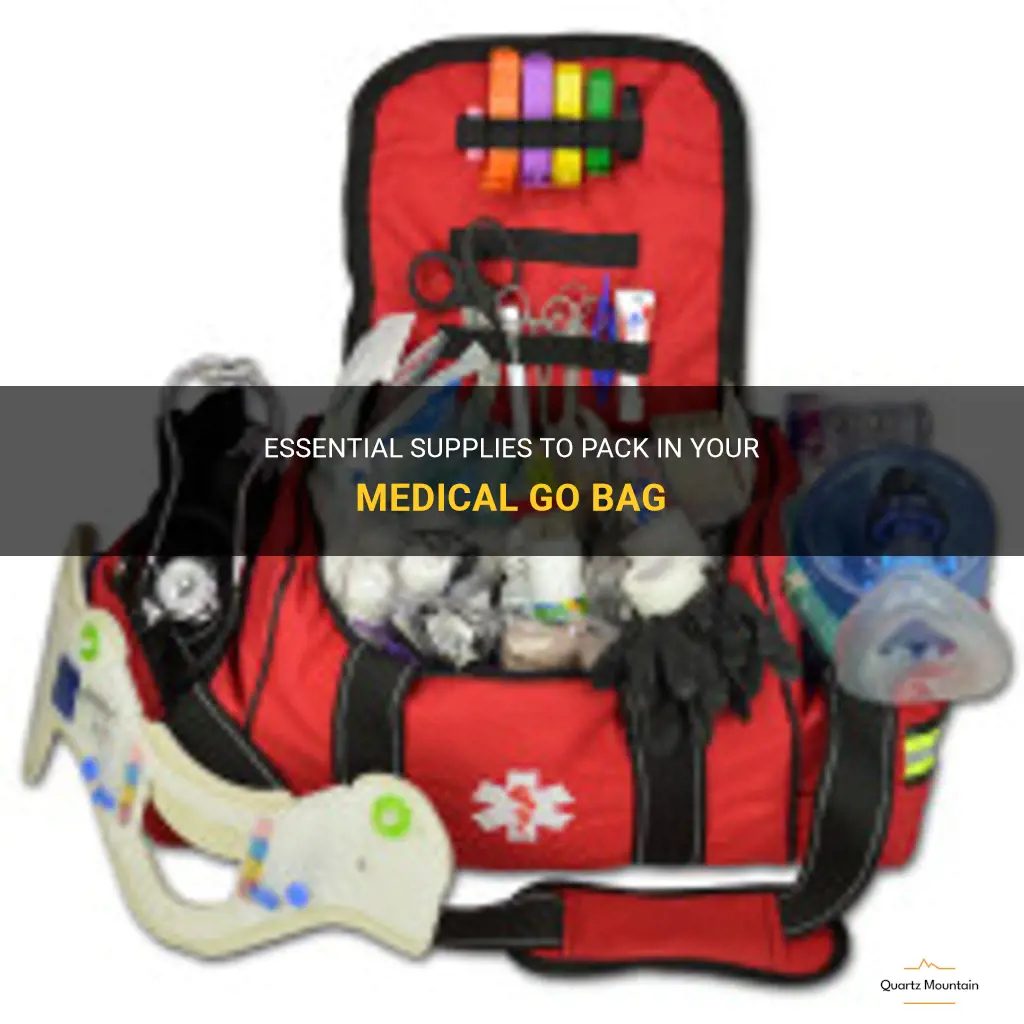
When it comes to emergency situations and medical emergencies, preparation is key. Having a well-stocked medical go bag ready can make a tremendous difference in how well you can handle any unexpected health crises. From bandages to medications, there are certain essential supplies that should always be included in your medical go bag. By being prepared and having these items readily accessible, you can ensure that you are ready to tackle any medical emergency that comes your way.
| Characteristics | Values |
|---|---|
| First aid supplies | Band-aids, sterile gauze pads, adhesive tape, antiseptic ointment, tweezers, scissors, gloves, CPR face shield, non-latex gloves. |
| Medications | Prescribed medications, over-the-counter pain relievers, antihistamines, antacids, anti-diarrhea medicine, vitamins. |
| Personal documents | Identification cards, health insurance cards, emergency contact information, any relevant medical documents or records. |
| Emergency tools | Flashlight, extra batteries, whistle, multi-tool, duct tape, rope, emergency blanket. |
| Food and water | Non-perishable snacks, bottled water, water purification tablets. |
| Clothing and toiletries | Change of clothes, extra underwear, toiletries (toothbrush, toothpaste, soap, hand sanitizer). |
| Communication devices | Cell phone, charger, battery pack, emergency radio. |
| Basic hygiene supplies | Toilet paper, wet wipes, menstrual products. |
| Important contact numbers | Emergency services, local hospitals, poison control, primary care doctor. |
| Cash | Small bills and change for emergencies. |
What You'll Learn
- What essential medical supplies should be included in a medical go bag?
- Are there specific medications or prescriptions that should be packed in a medical go bag?
- Should personal documents, such as medical records and insurance information, be included in a medical go bag?
- Are there any special considerations for packing a medical go bag for individuals with specific medical conditions or disabilities?
- How often should the items in a medical go bag be checked and updated to ensure they are still in date and in good condition?

What essential medical supplies should be included in a medical go bag?
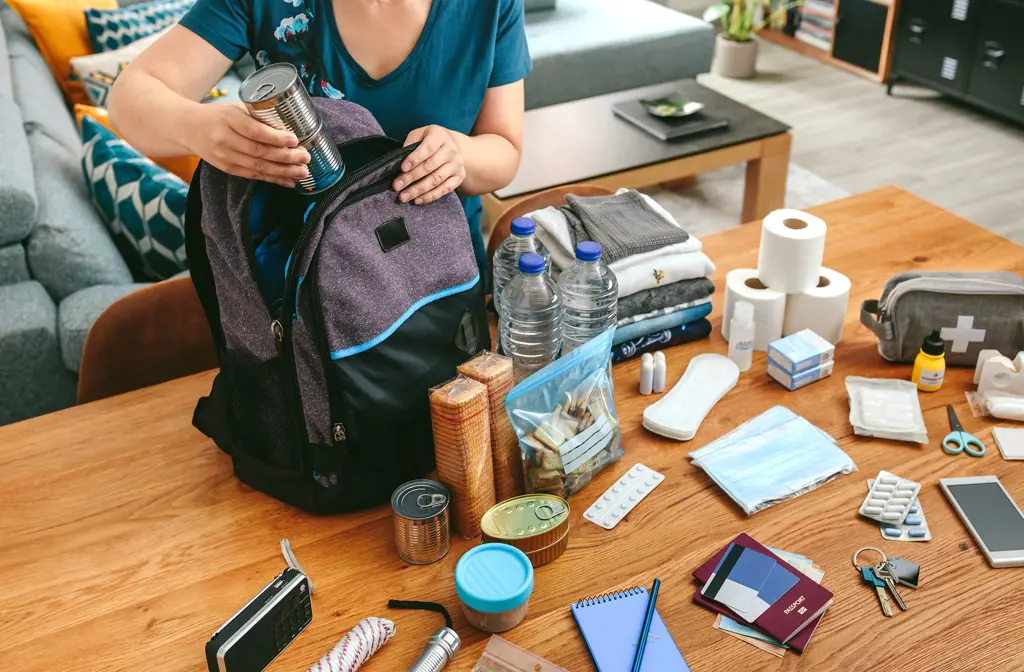
In emergency situations, having a well-prepared medical go bag can be a lifesaver. This bag should contain essential medical supplies that can help you or someone else in times of need. Whether you are preparing for a natural disaster or a sudden medical emergency, it is crucial to have the right supplies on hand. Here is a list of some essential medical supplies that should be included in a medical go bag.
- First Aid Kit: A well-stocked first aid kit is a must-have in any medical go bag. It should contain adhesive bandages, gauze pads, adhesive tape, antiseptic wipes, tweezers, scissors, and instant cold packs. These items can be used to clean and dress wounds, stop bleeding, and provide temporary relief from pain and swelling.
- Medications: If you or someone in your family takes prescription medications, it is important to have a supply of those medications in your go bag. Make sure to rotate these medications regularly to ensure their effectiveness. Additionally, include over-the-counter medications such as pain relievers, antihistamines, and antacids to address common medical issues.
- Personal Protective Equipment (PPE): In today's world, personal protective equipment is essential. This includes items such as gloves, face masks, and hand sanitizers. These supplies can help protect you and others from potential infections and germs.
- Emergency Blanket: An emergency blanket, also known as a space blanket, is a compact and lightweight item that can provide warmth in emergency situations. It is made of a reflective material that helps retain body heat. This can be especially useful in colder climates or during outdoor activities.
- Medical Information: It is crucial to have important medical information readily available in case of emergencies. Include a list of emergency contacts, a list of allergies or any specific medical conditions, and a copy of your health insurance information. This information can help medical professionals provide appropriate care quickly.
- Flashlight and Extra Batteries: A flashlight is an essential item to have in any emergency situation, especially if power is lost. Make sure to include extra batteries as well, as they may be needed for the flashlight or other electronic devices.
- Portable Phone Charger: In today's digital age, having a charged phone can be a lifeline. Include a portable phone charger in your go bag to ensure that you can stay connected and call for help if needed.
- Water and Non-perishable Snacks: It is important to stay hydrated and nourished during emergencies. Include a supply of bottled water and non-perishable snacks like granola bars or nuts in your go bag.
Remember to periodically check and update your medical go bag to ensure that all supplies are in good condition and not expired. It is also helpful to have a clear evacuation plan and practice using the contents of the go bag with your family members in advance. This will help you be prepared and confident in handling emergencies should they arise.
In conclusion, a well-prepared medical go bag should contain essential medical supplies such as a first aid kit, medications, personal protective equipment, emergency blankets, medical information, a flashlight, a portable phone charger, and water and non-perishable snacks. Having these supplies readily available can make a significant difference in emergency situations and potentially save lives.
Essential Summer Packing Guide for Enjoying Minnesota's Beautiful Outdoors
You may want to see also

Are there specific medications or prescriptions that should be packed in a medical go bag?
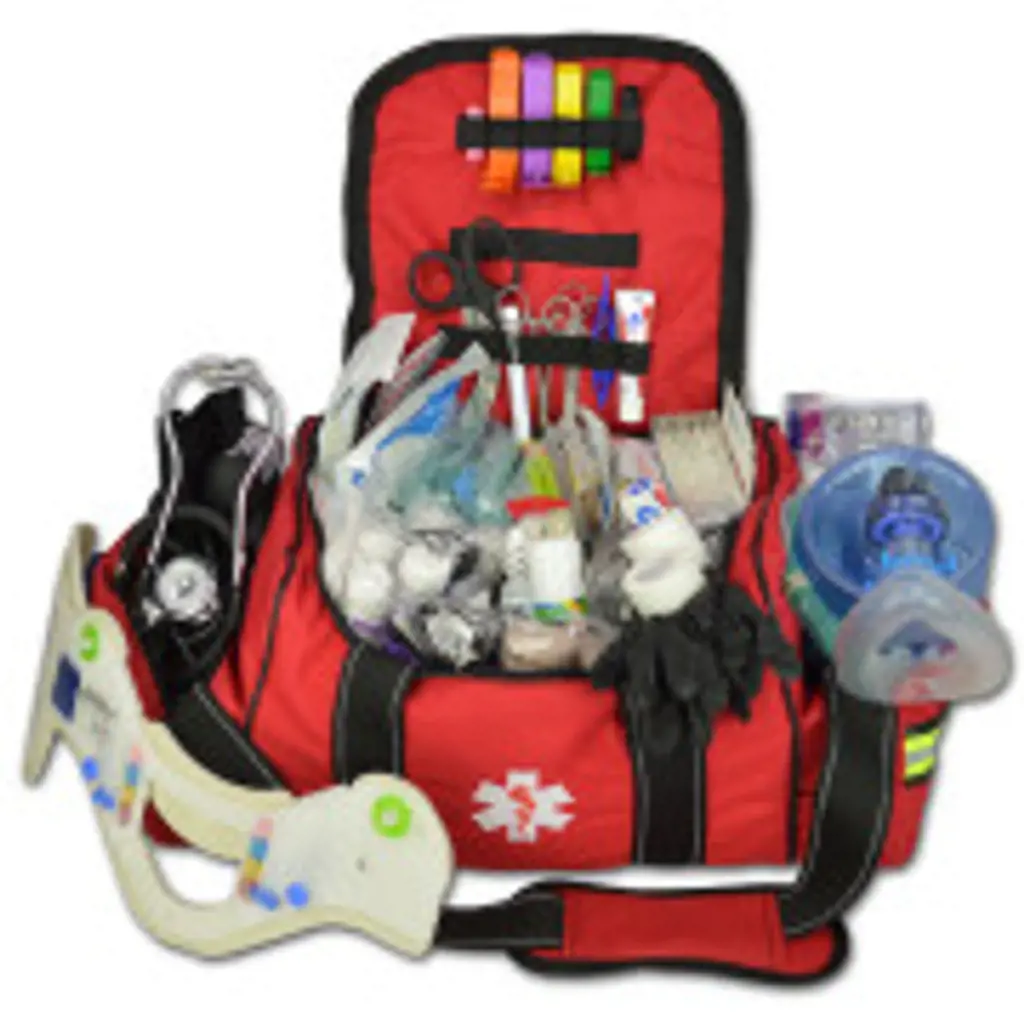
When preparing a medical go bag, it is important to include specific medications or prescriptions that may be needed in case of an emergency. These medications can vary depending on an individual's medical condition and needs. Here are some guidelines to consider when packing medications in a medical go bag:
- Consult a healthcare professional: Before packing any medications or prescriptions, it is crucial to consult a healthcare professional, such as a doctor or pharmacist. They will be able to provide guidance on which medications are necessary and how to store them properly.
- Include essential medications: Essential medications are those that are needed on a daily basis and are critical to maintaining a person's health. These may include medications for chronic conditions such as high blood pressure, diabetes, asthma, or allergies. Make sure to include an adequate supply of these medications in the go bag.
- Pack a first-aid kit: In addition to prescribed medications, it is also important to include a basic first-aid kit in the medical go bag. This kit should include items such as bandages, antiseptic ointment, thermometer, scissors, and tweezers. These supplies can help address minor injuries or illnesses while waiting for medical assistance.
- Consider special needs: If an individual has specific medical needs, it is important to pack the necessary medications or supplies in the go bag. For example, someone with a severe allergic reaction may need to include an EpiPen or antihistamines. If a person requires insulin, it is crucial to include the medication along with any necessary supplies, such as syringes or an insulin pump.
- Check expiration dates: Before packing any medications, make sure to check the expiration dates. Expired medications may not be as effective or could potentially be harmful. Replace any expired medications with fresh supplies.
It is also a good idea to pack a copy of any important medical documents, such as a medication list, recent medical records, or emergency contact information. This information can be invaluable in case of an emergency or if medical assistance is needed.
Remember to periodically review and update the medical go bag to ensure that medications and supplies are up-to-date and that nothing is missing. Additionally, it is important to store medications in a cool, dry place to maintain their effectiveness.
By following these guidelines and consulting with a healthcare professional, individuals can ensure that their medical go bag is properly stocked with the necessary medications and prescriptions needed in case of an emergency.
The Ultimate Honeymoon Packing Guide for Mauritius
You may want to see also

Should personal documents, such as medical records and insurance information, be included in a medical go bag?
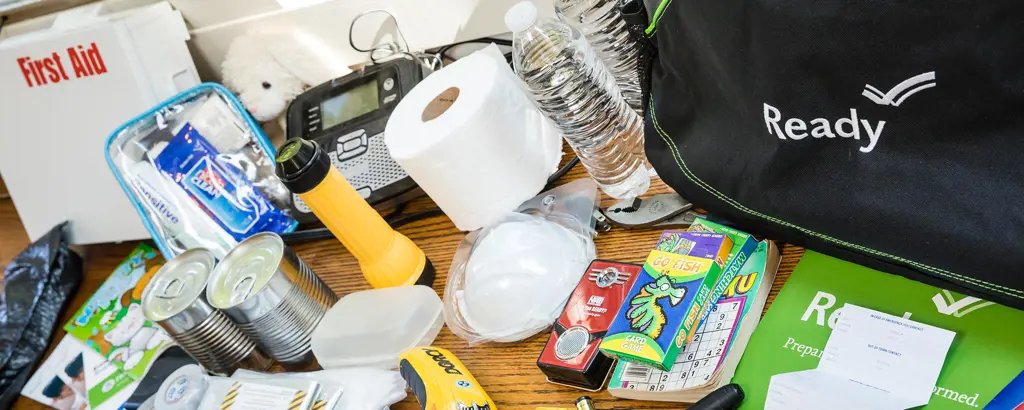
A medical go bag is an essential item for emergencies and disasters. It contains necessary items to ensure immediate care and support in case of a medical emergency. While the contents of a medical go bag may vary depending on personal needs and preferences, there is a common debate about whether personal documents, such as medical records and insurance information, should be included. In this article, we will explore the reasons why these documents should indeed be included in a well-prepared medical go bag.
Firstly, medical records are important for providing crucial information about a person's medical history, allergies, medications, and any existing conditions. In a medical emergency, this information can be invaluable for healthcare professionals to make quick and informed decisions about the appropriate treatment. Having access to relevant medical records ensures that healthcare providers can provide personalized care even if the person is unable to communicate or their primary healthcare provider is unavailable.
Furthermore, including medical records in a medical go bag can help prevent medical errors and duplication of tests. In stressful situations, it is not uncommon for individuals to forget important details about their health, such as previous surgeries or known drug allergies. By having the relevant medical records readily available, healthcare professionals can avoid making potentially harmful mistakes and focus on providing efficient and effective care.
Similarly, insurance information is vital for ensuring that medical expenses are covered promptly. In a medical emergency, it may not be possible to contact insurance providers immediately. By including insurance information in a medical go bag, individuals can expedite the reimbursement process and focus on receiving the necessary medical attention without worrying about financial implications.
Another benefit of including personal documents in a medical go bag is that it consolidates all essential information in a single place. During times of stress and panic, it is easy to misplace or forget important documents. Having a dedicated medical go bag eliminates this risk, ensuring that individuals can quickly access crucial information when it is most needed. Additionally, having these documents readily available can save time and effort for healthcare providers, allowing them to focus on providing immediate care rather than hunting for necessary paperwork.
To create an effective medical go bag, it is important to include both physical and digital copies of personal documents. Physical copies can be stored securely in a waterproof and fireproof folder, while digital copies can be saved on a USB drive or stored in a secure cloud storage service. By having multiple copies of these important documents, individuals can ensure that they can access them easily, even in challenging circumstances.
In conclusion, including personal documents, such as medical records and insurance information, in a medical go bag is crucial for well-preparedness in a medical emergency. These documents provide vital information about a person's medical history, allergies, and existing conditions, allowing healthcare professionals to provide personalized care quickly and efficiently. Additionally, having insurance information readily available expedites the reimbursement process and eliminates the worry of financial implications. By consolidating all essential information in a single place, a medical go bag ensures quick and easy access to personal documents when they are most needed.
Essential Items to Pack in Your Hospital Bag for a Short Stay
You may want to see also

Are there any special considerations for packing a medical go bag for individuals with specific medical conditions or disabilities?
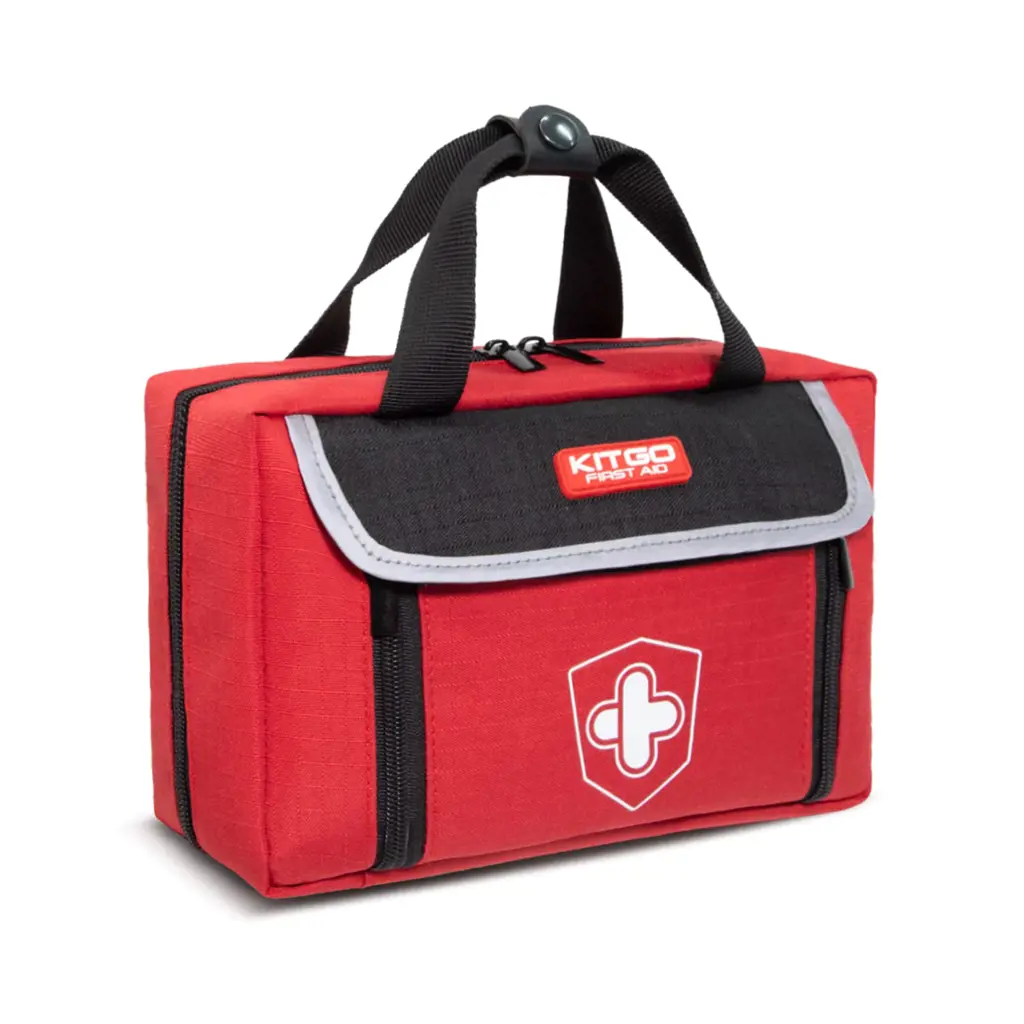
When packing a medical go bag, it is important to consider the specific needs of individuals with medical conditions or disabilities. These individuals may require additional medications, equipment, or support to ensure their health and well-being in an emergency situation. Here are some special considerations to keep in mind when packing a medical go bag for individuals with specific medical conditions or disabilities:
- Medication management: Individuals with conditions such as diabetes, asthma, or heart disease often require regular medications to manage their conditions. It is essential to pack an adequate supply of medications, along with any necessary tools or equipment for administration. Consider including a spare set of prescription glasses or contact lenses for individuals with visual impairments.
- Medical equipment: Individuals with disabilities or chronic medical conditions may rely on specific equipment to aid their mobility, communication, or treatment. Examples of such equipment include walkers, wheelchairs, oxygen tanks, hearing aids, or insulin pumps. Ensure that these items are included in the go bag and are easily accessible in case of an emergency.
- Support devices: Some individuals with disabilities may require support devices to assist with daily activities. These devices could include specialized cushions for pressure sores, communication devices for individuals with non-verbal disabilities, or specialized feeding equipment for individuals with swallowing difficulties. These devices should also be packed in the go bag.
- Communication aids: It is crucial to include any communication aids that individuals with disabilities may require in the go bag. For example, individuals with hearing impairments may need to pack extra batteries for hearing aids or cochlear implant processors. Individuals with speech impairments may benefit from having a communication board or a written list of essential phrases to aid in communication during emergencies.
- Personal care and hygiene items: Individuals with disabilities may have specific personal care and hygiene needs that should be considered when packing the go bag. Specialized items such as catheters, adult diapers, or wipes should be included, as well as any personal care products or adaptive devices that the individual requires.
- Medical records and emergency contacts: It is essential to keep a copy of the individual's medical records and a list of emergency contacts in the go bag. This information will be valuable in providing accurate medical history and contacting medical professionals or caregivers in case of an emergency.
- Consider individual preference and comfort: Every individual has unique needs, preferences, and comfort requirements. It is essential to take these into account when packing a go bag for someone with disabilities or specific medical conditions. Consider packing comfort items such as blankets, pillows, or favorite toys to provide familiarity and alleviate stress during an emergency situation.
- Regularly review and update the go bag: Medical conditions and disabilities may change over time, so it is essential to regularly review and update the contents of the go bag. Check expiration dates on medications and replace any expired items. Consider revisiting the go bag checklist with the individual and their healthcare professional to ensure that all necessary items are included.
In conclusion, packing a medical go bag for individuals with specific medical conditions or disabilities requires careful consideration and planning. By taking into account the individual's medical needs, necessary equipment, communication aids, personal care items, and comfort requirements, you can ensure that they are appropriately prepared for emergencies. Regularly reviewing and updating the go bag will help ensure that it remains current and ready for use when needed.
Essentials for a Memorable Stay at Great Wolf Lodge Grapevine
You may want to see also

How often should the items in a medical go bag be checked and updated to ensure they are still in date and in good condition?
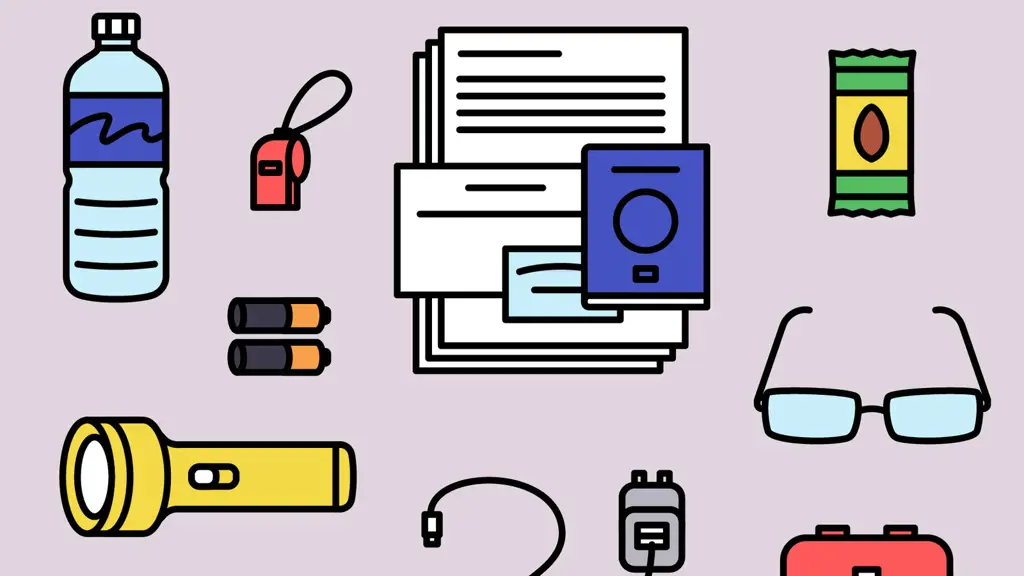
A medical go bag, also known as a first aid kit or emergency kit, is an essential item to have on hand in case of emergencies. However, it is important to regularly check and update the items in your medical go bag to ensure that they are still in date and in good condition. Here is a guide on how often you should check and update the items in your medical go bag:
- Check expiration dates: Many items in a medical go bag, such as medications and ointments, have expiration dates. It is crucial to regularly check these dates and replace any items that have expired. Expired medications may not be as effective and can even be harmful.
- Inspect the condition of the items: Aside from checking expiration dates, it is important to inspect the condition of the items in your medical go bag. Ensure that bandages and dressings are still sterile and sealed. Check that any tools, such as scissors or tweezers, are not rusted or damaged. Replace any items that show signs of wear and tear or are no longer in good condition.
- Consider environmental factors: Depending on where you store your medical go bag, environmental factors such as temperature and humidity can affect the shelf life of certain items. Medications, for example, may degrade faster if stored in a hot and humid environment. It is important to take these factors into account when deciding how often to check and update your medical go bag.
- Keep track of usage: If you have used any items from your medical go bag, make sure to replace them promptly. It is always important to have a fully stocked and ready-to-use medical go bag, especially in case of emergencies. Keep an inventory of the items in your medical go bag and note down when items are used or replaced.
- Stay informed about updates and recalls: Occasionally, certain medications or medical supplies may be recalled or undergo updates. It is important to stay informed about these updates and recalls to ensure that the items in your medical go bag are still safe and effective. Check the websites of the manufacturers or subscribe to notifications to receive updates on any recalls or updates.
In general, it is recommended to check and update the items in your medical go bag at least once every six months. However, if you live in an area with extreme weather conditions or if you frequently use items from your medical go bag, you may need to check and update more frequently. It is always better to err on the side of caution and have a well-maintained and up-to-date medical go bag in case of emergencies.
Remember, a medical go bag is only effective if its contents are in date and in good condition. Regularly checking and updating the items in your medical go bag will ensure that you are prepared for any emergency situation that may arise.
Essential Travel Items for Your Santorini Island Adventure: What to Pack
You may want to see also
Frequently asked questions
When packing a medical go bag, it's important to include essentials such as any necessary medications, a first aid kit, basic medical supplies such as bandages and gauze, hand sanitizer, gloves, and any personal hygiene items you may need. Additionally, it's a good idea to include copies of important medical documents, such as your health insurance card and a list of any allergies or medical conditions you have. It's also wise to pack some non-perishable snacks and bottled water in case of an emergency situation where you may be without access to food or water for an extended period of time.
In addition to the essentials mentioned previously, there are a few other items you should consider including in your medical go bag. These include a flashlight and extra batteries, a portable phone charger, a small notepad and pen for taking notes or leaving messages, a whistle or other noisemaker to signal for help, and any special medical equipment or supplies you may need, such as an inhaler or blood glucose monitor. It's also a good idea to include a list of emergency contacts and their phone numbers, as well as any important phone numbers for healthcare providers or pharmacies.
It's a good idea to periodically review and update the contents of your medical go bag to ensure that everything is still in good condition and that you have any new medications or supplies you may need. At a minimum, you should review your medical go bag every six months to check for expired items or items that need to be replenished. You may also want to update your bag if there have been any changes to your health or medication regimen. It's a good idea to keep a running list of the contents of your medical go bag and note the date of your last review, so you can easily keep track of when it's time for an update.







